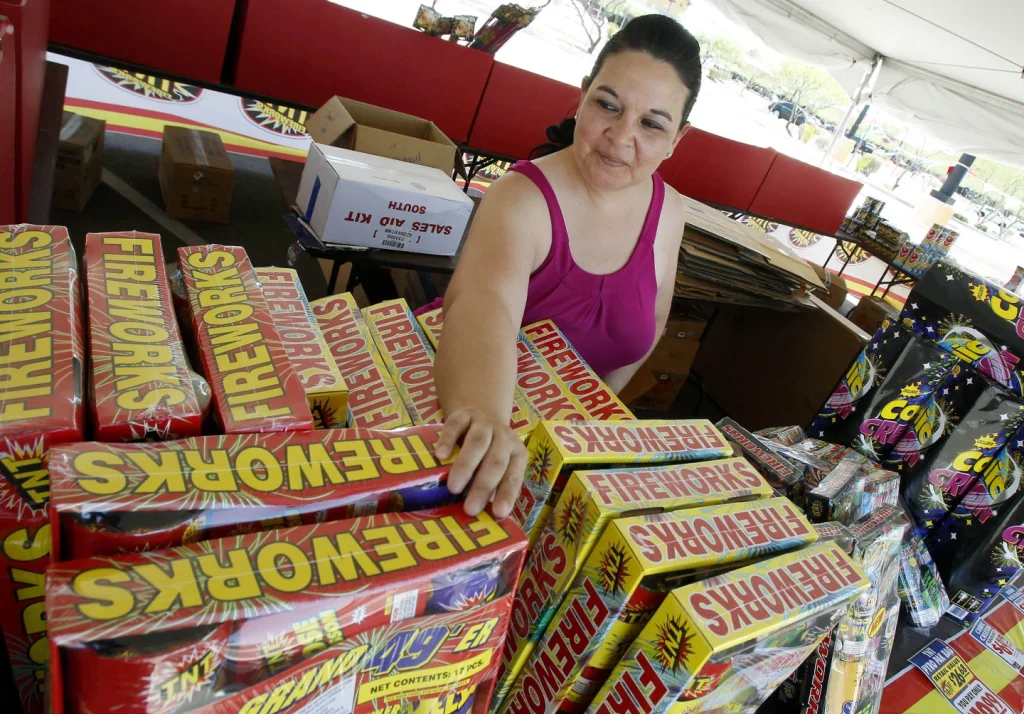Exploring the Origins and Traditions of the Fourth of July Holiday: 5 Key Facts
As the Fourth of July approaches, it’s important to delve into the history and customs surrounding this quintessentially American celebration. Here are five key facts to enhance your understanding of the holiday, including its origins and the integral role fireworks play in its traditions.
- The Significance of Independence Day: The Fourth of July commemorates the day when the United States declared its independence from British rule in 1776. This historic event, immortalized in the Declaration of Independence, marked the birth of a new nation founded on principles of liberty and self-governance.
- The Evolution of Traditions: Parades, cookouts, and cold beers are iconic components of Fourth of July celebrations. These customs stem from the early years of the holiday, when communities would come together to commemorate independence through festive gatherings and communal feasts, fostering a sense of unity among fellow citizens.
- An Explosive Addition: Fireworks have become synonymous with Fourth of July celebrations, captivating audiences with dazzling displays of light and color. The tradition of using fireworks to mark the holiday can be traced back to the earliest Independence Day celebrations, where fireworks were symbolic of the explosive nature of the fight for freedom.
- Emergency Room Hazards: While fireworks are deeply intertwined with the Fourth of July, it’s vital to be mindful of the potential dangers they pose. Each year, over 10,000 emergency room visits are recorded due to firework-related incidents. It is crucial to exercise caution and adhere to safety guidelines when handling and enjoying fireworks.
- Celebrating 247 Years: As America prepares to celebrate its 247th Independence Day, it is a testament to the enduring significance and pride associated with this national holiday. Across the country, people come together to honor the history, ideals, and achievements of the United States, cherishing the freedoms that countless individuals fought for.
By understanding the origins and traditions of the Fourth of July, we can fully appreciate the importance of this patriotic holiday in America’s collective consciousness. Whether celebrating with parades, barbecues, or fireworks, let us remember the sacrifices and triumphs that have shaped the nation we call home.
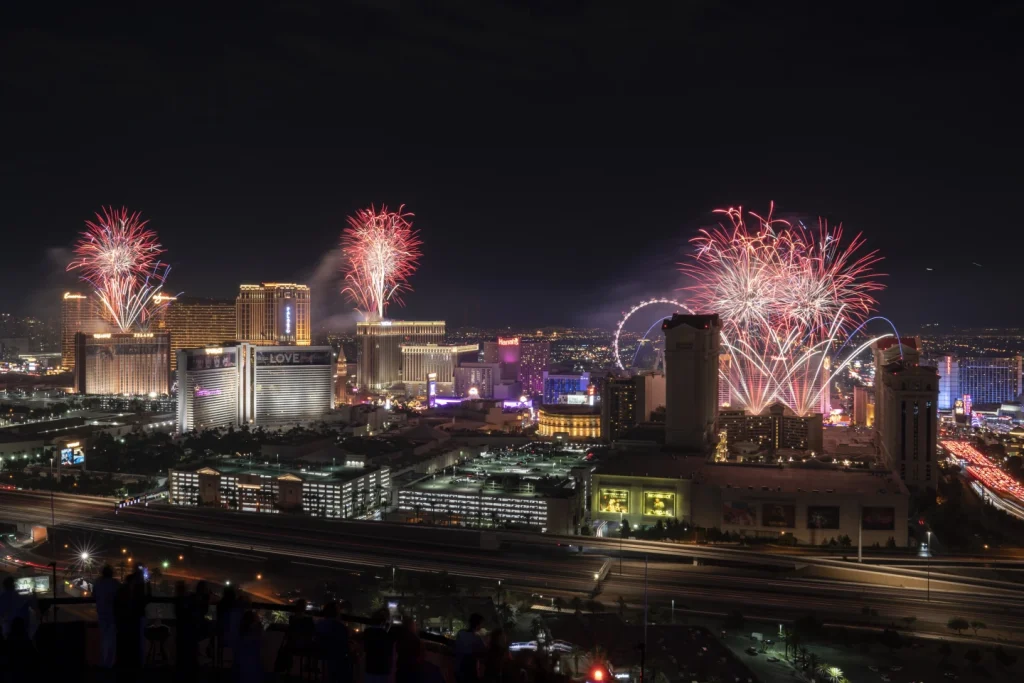
WHAT’S THE ORIGIN OF INDEPENDENCE DAY?
The Fourth of July holiday commemorates the adoption of the Declaration of Independence by the Second Continental Congress on July 4, 1776. This significant document signified the American colonies’ separation from Great Britain and the establishment of a new independent nation.
The initial celebration of the Fourth of July took place one year later in Philadelphia, where a spontaneous gathering marked the anniversary of American independence. However, it wasn’t until after the War of 1812 that the holiday’s observance became more widespread throughout the growing nation.
As the years went on, the Fourth of July celebration gained popularity, becoming a common event across the country.
The Library of Congress highlights that in the 19th century, notable historic occasions such as groundbreaking ceremonies for the Erie Canal and the Baltimore and Ohio Railroad were intentionally scheduled to coincide with the festivities of the Fourth of July.
This further contributed to solidifying the holiday as a cherished national tradition, encouraging a sense of unity and patriotism among Americans.
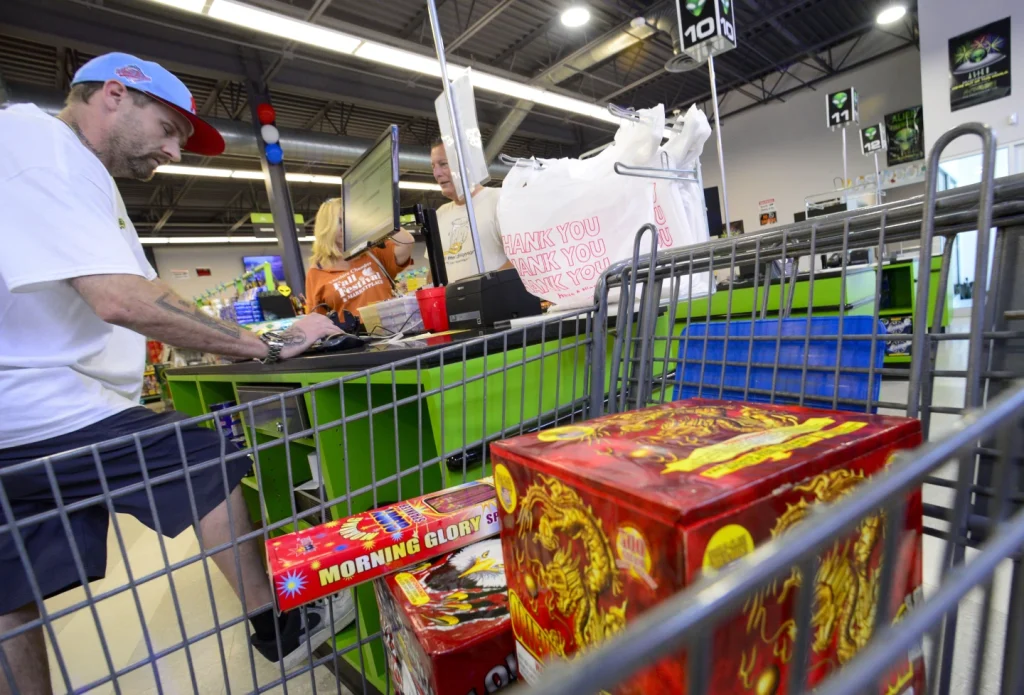
HOW DID FIREWORKS BECAME A JULY FOURTH TRADITION?
Even in the early days of American independence, the display of fireworks held great significance for the celebration of the Fourth of July. One of the Founding Fathers, John Adams, foresaw this tradition coming to fruition.
In a letter to his wife, Abigail, on July 3, 1776, Adams expressed his belief that the commemoration of America’s independence should be marked with grandiosity. He mentioned the inclusion of various elements such as pomp, parades, games, sports, gunfire, bells, bonfires, and illuminations, all encompassing the spirit of the occasion.
The use of fireworks, closely associated with celebrations, predates the formation of the United States. Historians suggest that fireworks were first developed in ancient China during the second century B.C. The process involved throwing bamboo stalks into fires, leading to explosions as the heated air pockets within the stalks expanded.
Throughout the 15th century, fireworks became prevalent in Europe, where they were utilized for religious festivals and public entertainment. Early settlers
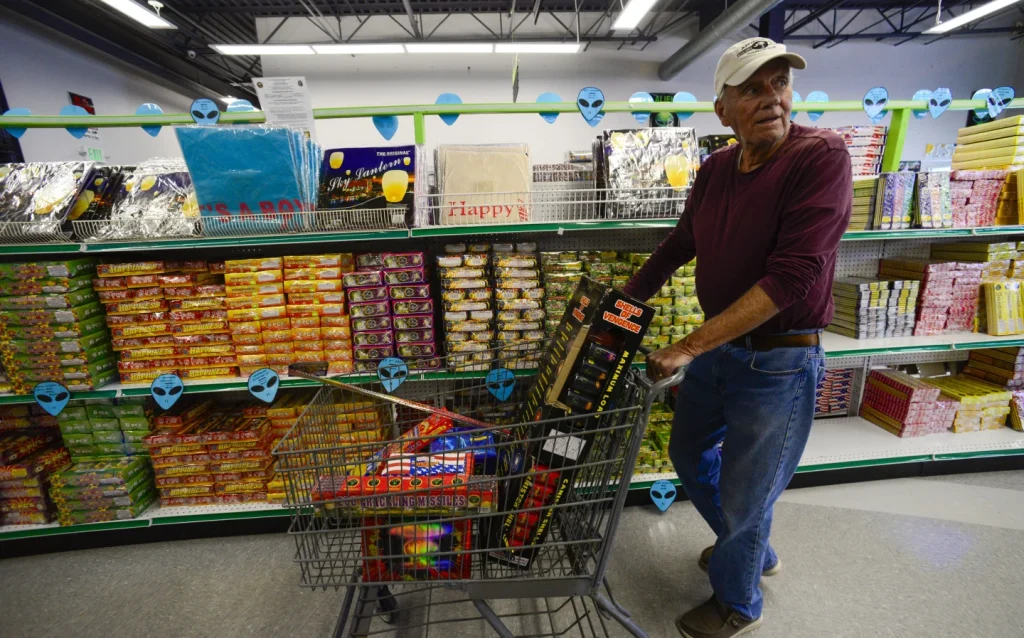
HAS A PRESIDENT EVER REFUSED TO CELEBRATE?
From George Washington to Joe Biden, every president has proudly celebrated the birth of our nation on the Fourth of July. However, there is one exception to this tradition: John Adams.
In an intriguing twist, Adams refused to recognize July 4 as the true Independence Day. Instead, he believed that July 2 held the rightful claim to this title. On July 2, 1776, the Continental Congress voted in favor of the resolution for independence, although the formal adoption of the Declaration of Independence took place two days later.
Adams’s conviction on this matter was so strong that he declined invitations to festivals and other events commemorating the Fourth of July, even during his tenure as the nation’s second president.
It is ironic that both Adams and Thomas Jefferson, who authored the Declaration of Independence, passed away on the 50th anniversary of its formal adoption, July 4, 1826.
Adams’s firm belief in the significance of July 2 shows his unwavering dedication to historical accuracy and attention to detail. While the nation celebrates July 4 as its Independence Day, Adams’s refusal to do so reminds us of the complexity and nuances surrounding this momentous occasion in American history.
HOW POPULAR ARE FIREWORKS?
Over the past two decades, consumer sales of fireworks in the United States have experienced significant growth.
According to statistics from the American Pyrotechnics Association, American consumers spent $407 million on fireworks in 2000. In 2022, that figure had risen to $2.3 billion, indicating a substantial increase in demand.
The most significant surge in consumer sales occurred during the COVID-19 pandemic. With public fireworks displays being canceled, individuals turned to purchasing their own fireworks for personal celebrations. In 2019, consumer sales amounted to $1 billion, but in 2020, it skyrocketed to $1.9 billion.
Julie Heckman, the executive director of the American Pyrotechnics Association, noted that people flocked to firework stores from Memorial Day weekend and continued purchasing fireworks throughout the entire year of 2020. This unexpected surge in demand surprised the industry.
The association predicts that sales will continue to rise this year, with an estimated increase of $100 million. The fact that the Fourth of July falls on a Tuesday in 2022 creates a four-day weekend scenario, which further contributes to the anticipated rise in sales.
Overall, the steady growth in consumer sales of fireworks over the past two decades, along with the significant boost during the pandemic, reflects the enduring popularity and appeal of fireworks as a form of celebration among Americans.
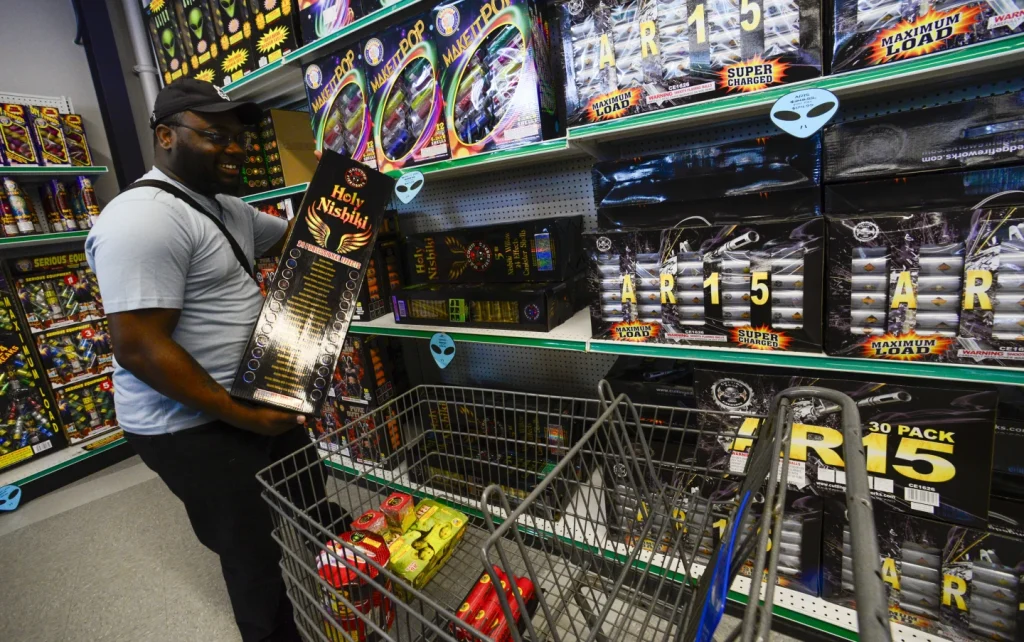
ARE FIREWORKS DANGEROUS?
Despite extensive education efforts, fireworks continue to cause thousands of injuries in the United States each year, and unfortunately, this year is no exception.
In a recent incident in Lexington Township, near Kansas City, Kansas, firefighters and medics responded to a shed fire and discovered fireworks actively exploding from the burning structure.
Several individuals were found injured on the ground. Emergency responders, including firefighters, medics, and local police, swiftly rescued the victims and transported four of them to hospitals.
Two individuals sustained serious injuries, according to Northwest Consolidated Fire District Chief Todd Maxton’s statement.
The U.S. Consumer Product Safety Commission (CPSC) reveals that in 2022 alone, emergency rooms treated approximately 10,200 people for firework-related injuries, and 11 deaths were attributed to fireworks. The majority of these injuries occurred around the Fourth of July holiday.
About a third of the injuries affected the head, face, ears, or eyes. Finger, hand, and leg injuries were also prevalent.
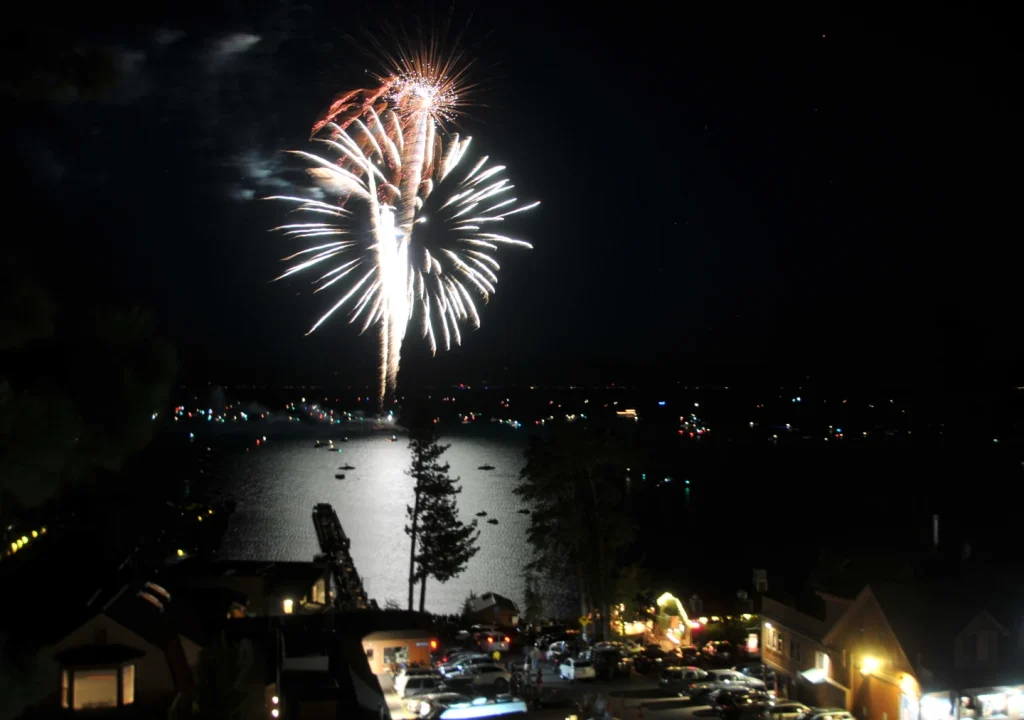
Dr. Tiffany Osborn, an emergency room physician at Barnes-Jewish Hospital in St. Louis, has witnessed severe firework-related injuries, including finger amputations, eye loss, and significant facial trauma.
One troubling statistic shows that children under the age of 15 constitute nearly a third of firework-related injuries. Sparklers are often responsible for burns among children under five years old. Dr. Osborn suggests using alternative safe options, such as glow sticks or colorful streamers, for young children.
For those planning to set off fireworks, Julie Heckman of the American Pyrotechnics Association advises finding a flat, hard, and level surface away from structures or flammable objects. The person handling the fireworks should abstain from consuming alcohol, and children should never ignite fireworks.
Dr. Osborn also advises having a bucket of water or a hose nearby in case of fire or explosion. It is crucial to ignite one firework at a time and move away quickly after lighting it. Never attempt to relight or handle a malfunctioning firework. Once finished, it is essential to properly dispose of the remnants by shoveling them into a container and soaking them in water.
